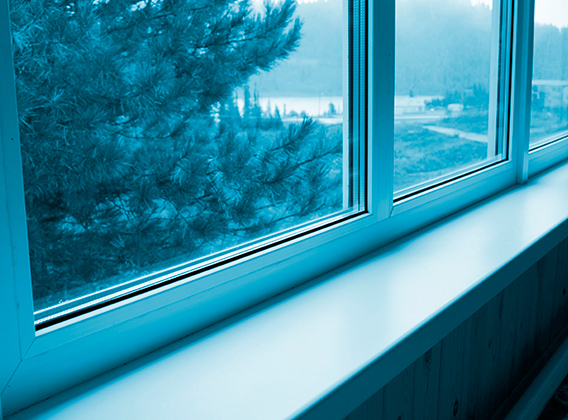
The study
Since the Technical Building Code (CTE) was approved in 2006, and with the successive updates, a new dimension has entered into the life of windows that goes beyond opening a gap to the outside in the facades. This new dimension of windows is that of being a very important component in achieving energy-efficient buildings.
From the moment the CTE was approved, the window enters the world of energy classification: the window has to fulfil the function of opening a gap to the outside, letting in light, giving us the possibility of ventilating a room and at the same time insulating us from the outside, or, as we are going to see, taking advantage of the energy coming from the outside to heat a home or office. .
This important function means that now, more than ever, it is necessary to evaluate the real influence of the window, and the materials used to manufacture it, in contributing to the energy classification of the building as a whole. The study1 carried out by the Tecnalia Research & Innovation Energy Classification Laboratory, whose conclusions are referred to in this article, goes into these aspects in depth and shows that, in the case of windows, recently publicised aspects such as the thermal transmittance of the frames of the different materials (Uf) have a rather modest relative importance in achieving the desired objective, while others, such as air permeability or the solar factor (f), are much more decisive.


From the point of view of energy classification, three factors influence the energy classification of a window:
- Solar factor
- Air permeability
- Thermal transmittance
Considering the combination of these three factors, we can analyse together what the real energy classification of a window is and determine which is the best choice in each case.
In fact, the joint consideration of these three factors will determine that the energy classification of a window will be altered by the geographical location in which it is located and by the orientation, which means, for example, something as intuitive as that the best window to place in Seville does not have to be the same as the one we would place in León, at the same time that a North orientation is not the same as a South orientation in the same location.
Another aspect that has an influence is the composition of a window. Windows are made up of at least the frames and the sashes, which are the load-bearing and mobile elements that allow them to open and close and fulfil their opening function. On the other hand, there is the glass, which represents the largest percentage of the surface area of the window, which fulfils the function of allowing light to pass through. Then there are other elements, such as the roller shutter box, which also play a role in the energy classification of the window. In the various sections of this section, the three factors that influence the energy rating of the window will be discussed.








